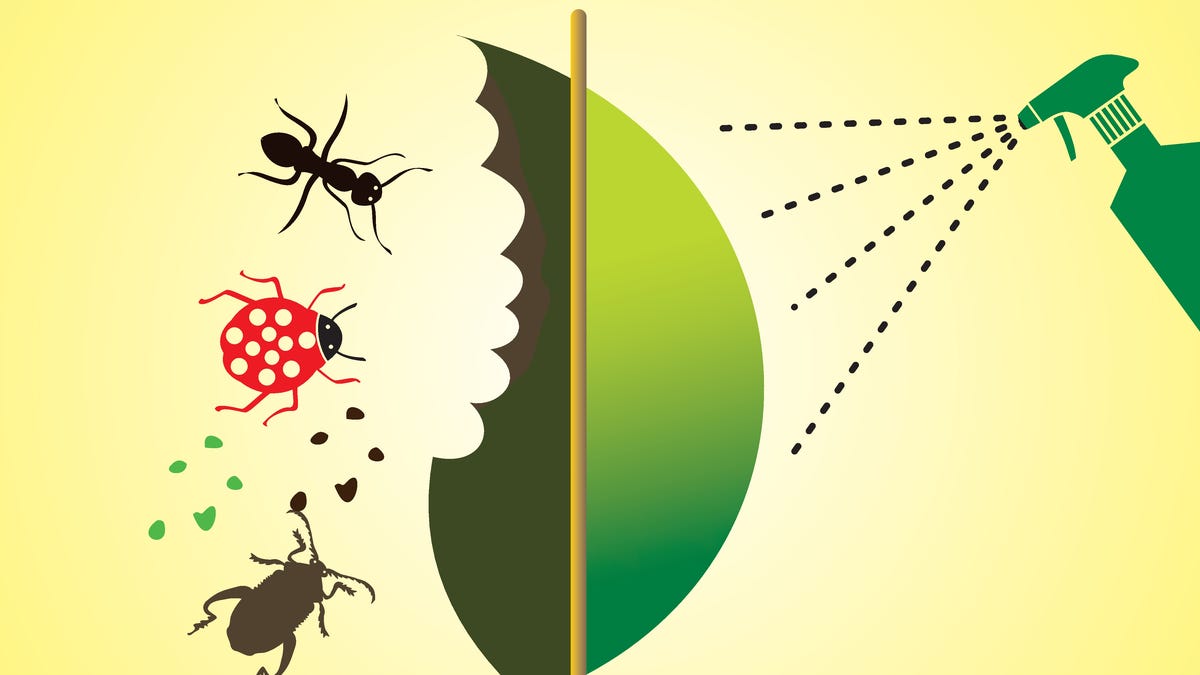An endless summer season in Colorado means that fall outdoor gardening continues. Until the rake is needed, here are three unique and thrifty suggestions that might come in handy.
Begin new plant starts
Layering plants is the term for propagating existing, growing plants in the landscape or in your house. Fall is a good time to layer outdoor plants, so they’ll grow into new plants over the winter months. This method can also be started in the spring.
Layering can be done on different vines and shrubs with flexible branches like spirea, forsythia and fruit vines. For house plants, try layering with croton, dracaena, schefflera and more. Legally, this should only be done on plants that are not patented, such as old-time varieties that have been in the public domain for many years.
There are different ways to layer plants. For vines such as clematis, try easy trench layering in which individual vines are carefully laid down in a two-inch deep furrow to grow new plants. The vine (or vines if doing two or more in different directions) can be as long as you need for the space starting at eight or so inches. Carefully remove the leaves, lay down the leafless vine and cover the trench with soil and mulch, then water the area well.
Next spring, new plants should take root from where the leaves were removed along the vines that were trench layered in the fall.
Another similar method to grow a new vine is to bury a small nursery container up to the ground level with soil, and then instead of trenching, place the vine over the container. Be sure a removed leaf node is over the container. Cover with soil and mulch as described above. Next spring, dig up the container. The original attached vine segment can easily be cut away if needed. The new clematis start can be planted elsewhere in the garden or shared with a friend.
Keep track of newly planted bulbs
Wine corks, of all things can have another use outdoors. Simply poke the cork onto the end of knitting needles which are inexpensive and easy to find at garage sales if more are needed. Use a permanent marker on the cork and place where newly planted fall bulbs are located for easy location and identification next spring.
Get your poinsettia back in Christmas form
3. If you kept a poinsettia from last year, early October is the time to coax it back to blooming for the holidays. This is activity requires devoted daily attention.
Bring the plant indoors if it was outside over the summer. Give it a spray with insecticidal soap if insects are suspected, but throw it out if if is overly infected or diseased.
The plant must be placed in absolute darkness for fourteen hours a night for two continuous months. Set your alarm on your phone or another device. There cannot be nearby light, reflections, or streetlights; the plant requires complete blackness. Forgetting for one night or more can make the difference between success and failure.
Some people use a never-opened closet during this time or a box to cover the plant entirely. A black plastic bag works too. Poke narrow sticks in the soil to hold up the plastic to prevent crushing the leaves. At 6 p.m., or the time that works best for you, place the plant in that dark location and then return the plant to daylight at 8 a.m. (or 14 hours later). The plant should be kept evenly moist and fertilized every couple of weeks.
By mid-November, the bracts, which are the modified leaves of the plant that we view as flowers, should start to show color. Do not stop the schedule of dark and light — continue until early December when the bracts should be enlarged and fully colored. At this stage, pat yourself on the back and place your beauty in a sunny area of the house to enjoy. Try to maintain cooler temperatures for the best bloom and water regularly.

Read more
How to Rebloom your Poinsettia, canr.msu.edu/news/how_to_rebloom_your_holiday_poinsettia
Layering Propagation for the Home Gardener, extension.okstate.edu/fact-sheets/layering-propagation-for-the-home-gardener.html









